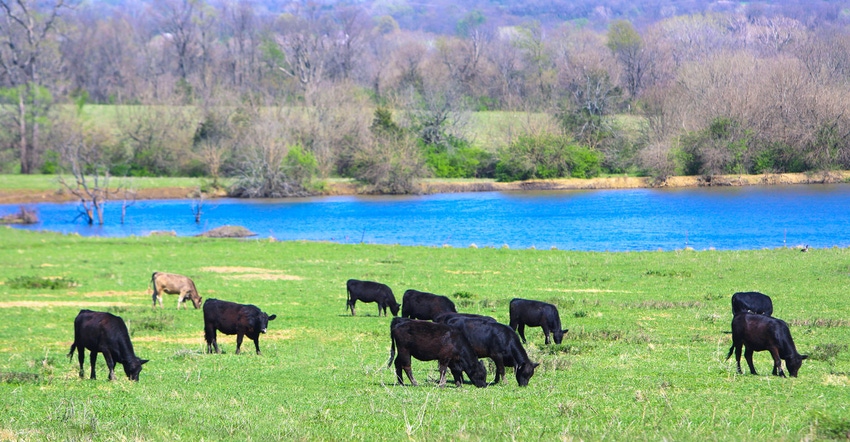
The Kansas beef cattle sector generated $8.32 billion in cash receipts in 2020. That’s 47% of the state’s agricultural cash receipts in just that year. From ranches to backgrounders to feedyards to processing, the Kansas beef cattle industry covers every link in the beef chain.
The 2022 Kansas Governor’s Summit on Agricultural Growth Beef Sector preconference online breakout session took a look at the beef processing sector’s capacity, and what that might mean for the future of Kansas�’ cattle industry.
Processing
The Kansas Department of Agriculture’s IMPLAN (IMpact analysis for PLANning) economic model reports that the state’s beef cattle industry, from birth to processing, has a direct output of $22.4 billion and nearly 75,000 jobs. And in 2021, beef and beef products exports totaled more than $1.8 billion, leading the nation.
One of the challenges to the beef cattle sector is processing plant capacity. The pandemic brought attention to the need for a robust local processing sector to complement the major beef packing facilities. These smaller, local processors handle fewer animals, but they are essential to filling the demand for locally sourced meat.
Glynn Tonsor, assistant professor in ag economics at Kansas State University, spoke during the online sector breakout session. He explained that when there are too many cattle relative to packing capacity, there’s a wider price difference between live cattle and boxed beef prices. There are a few factors that go into the capacity equation, but to start, the availability of labor in the plants can mean the difference between running that plant at top capacity, or at a lower figure, he said.
Capacity
It’s not just a matter of building new plants or expanding existing ones, he continued. Tonsor listed 13 different packing plant construction or expansion announcements that are to be completed in the next three to five years or so. He cautioned cattle producers, though, that a lot can happen between an announcement and the first delivery of cattle. For starters, will there be enough cattle to recoup the costs to put up the facility, the permitting, the sourcing of labor?
“It’s not sufficient to just build the facility; you need cattle to run through it and people to operate it,” he said. It’s definitely a challenge and an opportunity for Kansas cattle producers to work through in the future.
Traceability and response
Kansas cattle producers have long acknowledged that the sector needs to continue to improve its cattle traceability and response plans in case of a major animal disease outbreak. Callahan Grund, executive director of U.S. CattleTrace, and Sara McReynolds, KDA assistant animal health commissioner, updated the sector participants on three topics:
Livestock tags. Grund showed the U.S. CattleTrace’s new Tag Store, where cattle producers can purchase cattle tags with traceable dual-frequency, low-frequency or high-frequency technology at a discounted price that makes them comparable to visual tags that they may already be using. Visit uscattletrace.org/tagstore.
Secure Beef Supply training. McReynolds said a May regional beef packer meeting with 11 other states helped shape the state’s Secure Beef Supply Plan. The goal was to focus on the packer sector of the chain, to ensure business continuity in case of a potential foot-and-mouth disease outbreak in Kansas. Another exercise is planned for later this year, and interested individuals should reach out to KDA for details.
KDA backtag. McReynolds said for the past year, KDA has been developing a data collection system for livestock markets to help with the traceability of bulls and cows being sold through auction barns. The goal is to collect data chute-side and aid livestock markets — especially with those on the state’s borders — with veterinary inspections, before the animals cross state lines.
About the Author(s)
You May Also Like






